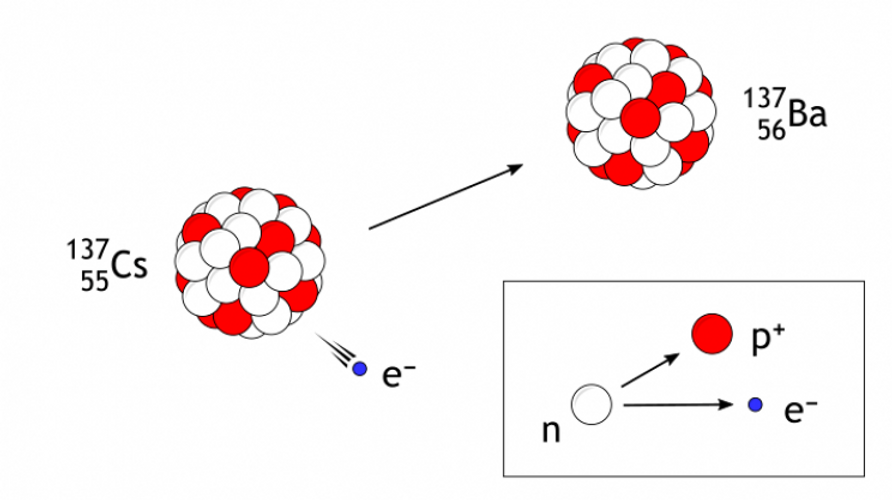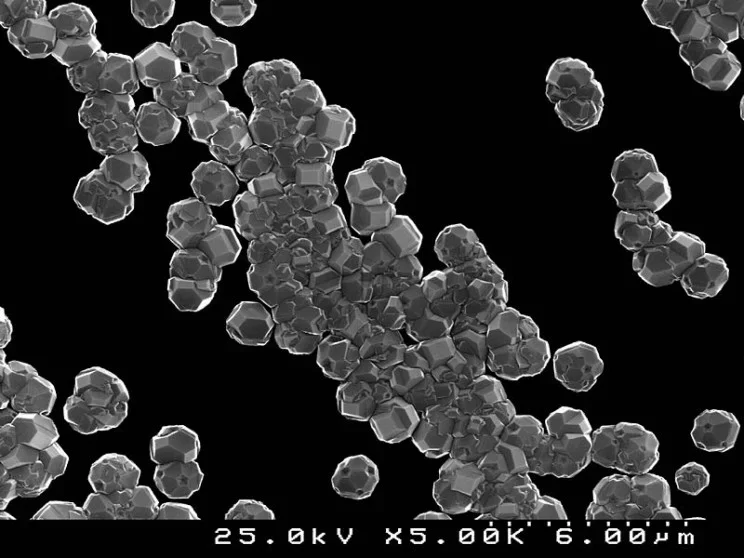Nuclear energy is often promoted as a cleaner alternative to fossil fuels because it doesn’t emit carbon dioxide. However, one major obstacle shadows its potential: the management of radioactive waste.
With the growing number of nuclear reactors globally, the accumulation of this hazardous byproduct poses a significant environmental and public health challenge. Effectively handling and potentially repurposing nuclear waste is critical for sustainable energy development.
In response, researchers have proposed innovative strategies to address the issue, focusing on converting radioactive materials into useful resources. One groundbreaking development in this field is the radioactive diamond battery—a technology that could transform nuclear waste into a valuable energy source.
The concept of radioactive diamond batteries emerged in 2016, introduced by scientists at the University of Bristol’s Cabot Institute for the Environment. These devices are a form of betavoltaic technology, harnessing energy from the beta decay of nuclear waste to generate electricity.

This idea hinges on beta decay, a process where an unstable atomic nucleus releases excess particles, resulting in a more stable configuration. This release generates beta radiation, a stream of high-speed electrons or positrons, which can be harnessed to produce electrical energy.
Typically, in a betavoltaic cell, radioactive material is sandwiched between semiconductors. As the material undergoes beta decay, it emits particles that knock electrons loose in the semiconductor, creating an electric current. However, this method has its limitations. Since beta particles are emitted in all directions, only a small fraction are captured by the semiconductor, reducing the efficiency of the battery.
This is where polycrystalline diamond (PCD) comes into play. The process of manufacturing these batteries involves chemical vapor deposition (CVD), a technique used to create synthetic diamonds. By incorporating radioactive methane containing Carbon-14—an isotope found in nuclear reactor graphite blocks—into the CVD process, researchers produce radioactive diamonds.
Related Stories
Diamond’s unique properties, such as its hardness and excellent conductivity, allow it to serve as a robust, long-lasting battery that continuously generates power from the nuclear waste encased within it.
Despite their innovative design, these batteries contain just 1 gram of Carbon-14, yielding a power output of only a few microwatts—far less than what a standard AA battery provides.
As a result, their applications are currently limited to small devices that require long-term, unattended operation, such as pacemakers and sensors. These niche uses are a far cry from the widespread power generation some might imagine, but they illustrate the potential of this technology to address specific needs.

The concept of nuclear batteries isn’t new. In fact, it dates back to 1913 when English physicist Henry Moseley discovered that particle radiation could produce an electric current. This idea gained traction in the aerospace industry during the 1950s and 1960s, where the need for reliable, long-lasting power sources was paramount for space missions.
Companies like RCA Corporation also explored the potential of nuclear batteries in consumer electronics, such as radio receivers and hearing aids.
The introduction of synthetic diamonds marked a turning point in the development of nuclear batteries. These materials offered the dual benefits of safety and conductivity, making them ideal for betavoltaic applications.
Building on this foundation, NDB Inc., a San Francisco-based startup founded in 2012, developed a high-power nano-diamond battery, combining synthetic diamonds with nanotechnology.

NDB Inc.’s nano-diamond battery, introduced in 2016, has been tested in two proof-of-concept studies in 2020. According to the company, these batteries possess several remarkable features:
NDB plans to launch its nano-diamond batteries in 2023, while Arkenlight, a company commercializing the University of Bristol’s radioactive diamond battery, aims to release a microbattery by the end of the same year.
With the growing demand for portable electronics, electric vehicles, and long-duration space missions, the quest for better battery technology has intensified. While radioactive diamond batteries show promise, they are unlikely to replace conventional lithium-ion batteries in the near future.
Lithium-ion batteries, though cheaper to produce, typically last only about five years, contributing to the mounting problem of electronic waste. Radioactive diamond batteries, with their extended lifespan, could offer a more sustainable solution. If scaled up to meet broader energy needs, these batteries could revolutionize the industry. For example, smartphone batteries might one day outlast the devices they power, allowing users to transfer them between devices much like SIM cards today.
However, significant challenges remain. The diamond betavoltaics developed by Arkenlight, while innovative, are not yet ready to power consumer electronics. The company is exploring designs that stack multiple Carbon-14 betabatteries into cells, potentially pairing them with supercapacitors for quick energy discharge. This approach could enhance their utility, but much work is needed before these batteries become a staple in the energy market.
The radioactive material used in these batteries, Carbon-14, has a half-life of over 5,000 years, which ensures long-term stability and safety. Moreover, by embedding this material within a solid diamond matrix, the risk of radiation leaks is minimized, offering an additional layer of safety.
In terms of cost-effectiveness, the United Kingdom Atomic Energy Authority (UKAEA) estimates that 100 pounds (about 45 kilograms) of Carbon-14 could produce millions of long-duration diamond-based batteries. This could significantly reduce the expenses associated with nuclear waste storage.
Professor Tom Scott of the University of Bristol has pointed out that extracting Carbon-14 from irradiated graphite would make the remaining waste less radioactive and easier to manage. He also noted that disposal costs for graphite waste are substantial, with Intermediate Level Waste (ILW) costing £46,000 ($60,000) per cubic meter and Low-Level Waste (LLW) costing £3,000 ($4,000) per cubic meter.
Radioactive diamond batteries, with their longevity, safety, and versatility, hold promise as a component of a more sustainable energy future. However, before these batteries can become a mainstream power source, manufacturers must overcome significant hurdles related to production costs and energy output. If these challenges can be addressed, radioactive diamond batteries could play a crucial role in reducing nuclear waste and meeting the world’s growing energy demands in an environmentally responsible way.
Note: Materials provided above by The Brighter Side of News. Content may be edited for style and length.
Like these kind of feel good stories? Get The Brighter Side of News’ newsletter.
The post Groundbreaking diamond battery generates power from nuclear waste appeared first on The Brighter Side of News.